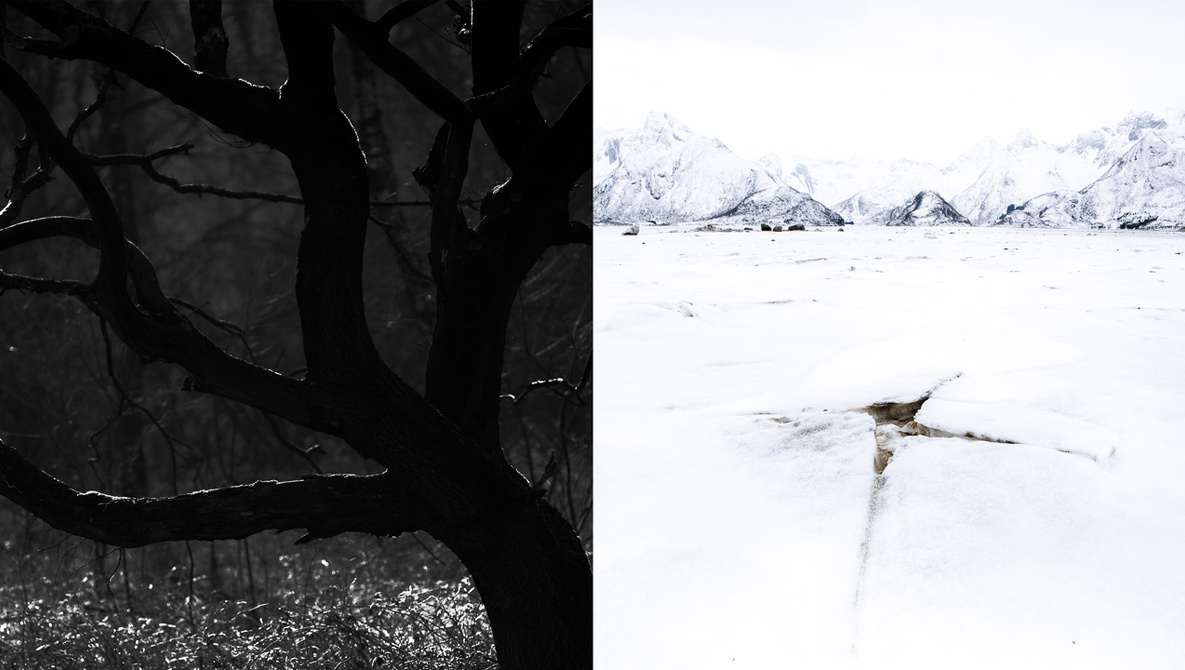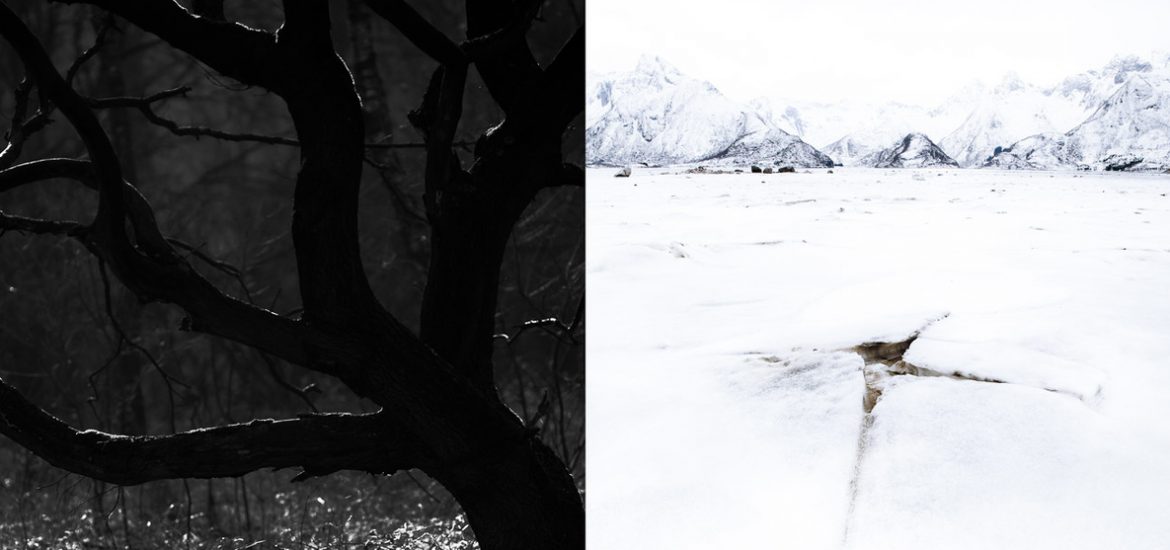
Sometimes photos are called high key or low key. I never thought much about it and just made the photos I liked, regardless of what it could be called. But when is it correct to name a photo high key or low key? Let’s find out.
Sometimes I see photos that are named high key or low key. Just as often, I have my doubts about the use of the term. Often it looks like a deliberately overexposed or underexposed photo. On other occasions, these photos consist only of bright tones or dark tones, and no contrast at all.
I think photographers are only using the term high key or low key to make the photo more interesting. This is just my opinion, and that doesn’t have to be correct. I reached into my archives to find two photos that I think are high key and low key.
Definition of High Key and Low Key Photography
Are high key and low key special techniques, or just overexposure and underexposure? Or is it something completely different? I did some research to find out.
The first time the terms high key and low key were used is somewhere in the beginning of the 20th century. It is not something new. If you look at the name, the common term is the word “key.” This is the name that is used when the average tonal value of an image falls in the extreme values of the tonal range. If the tonal values are mainly dark, it is called low key. High key is used when the tonal values are mainly in the brightest part of the tonal range.
High key and low key is also used in the film industry, where it is related to the use of key lights. But that is not what this article is about, although you may find a lot of similarities.
The Histogram
It is easy to translate the definition to the histogram. We know the middle of the histogram has a tonal value of 50% gray. When every pixel of the image is located at the left side, the image will be dark and it’s called low key. The opposite is also possible. With every pixel located on the right side, the image is called high key.
A Strict Definition
If the term high key or low key can be used depends on how strict we hold on to the definition. Some people require every single pixel to be dark in case of a low key image, and light in case of a high key image. Not a single pixel is allowed to pass the 50% gray value.
If this strict definition is used, both the photos I found in my archives are not real high key or low key. After all, both photos contain pixels that are on the opposite of the tonal range. It is clear my opinion was wrong about these kinds of images.
The Difference Between High Key and High Contrast
Now we know that a high key has only a limited amount of tonal values. There are only pixels present that are brighter than 50% gray. This way the image will have a very fragile look, often without a clear sense of depth due to the lack of contrast.
If you add dark pixels in the photo, it won’t be a high key photo anymore if you hold on to the strict definition. If you also bump up the contrast on top of that, adding pure white or dark pixels, it will be a high contrast image. In other words, a high contrast photo isn’t a high key photo.
How About Low Key?
In the previous chapter, I have used high key as an example. This also applies for low key photography, of course. The difference is the location of the tonal values in the histogram. The dark photo I used at the beginning of this article can’t be considered low key because of the bright pixels it contains. It is also a high contrast photo if you hold on to the strict definition.
But if you look at the photo more carefully, is this really high contrast or just a photo that is mainly dark in appearance? Although it does contain bright pixels, the overall look is very dark. I even think this feeling is strengthened by the appearance of these brighter pixels. From this point of view the definition for a low key photo doesn’t have be so strict, I think. The reality is more nuanced.
High Key, Low Key, and Also High Contrast
A commonly occurring problem with high key and low key photography is the lack of contrast. If an image consists only of bright or dark tones, there is a big risk the image will become uninteresting. This is not always the case, of course. But an image will get more impact when opposite tonal values are present. In other words, a few very dark pixels in a high key photo can make the photo much more interesting. Just like a few very bright pixels in a low key photo.
Although the strict definition of high key and low key restricts the use of opposite tonal values, it could make the photo much more interesting to look at. That is why you shouldn’t hold on to the strict definition. Just make sure the photo mainly consists of dark tonal values and you may call it a low key photo. It’s high key if you have the opposite situation.
Is Overexposure or Underexposure Allowed?
You should be careful with deliberate overexposure and underexposure if you want to have a high key or low key photo. If you do, clipping will occur in most cases. This has nothing to do with high key or low key photography, even if you hold on to the strict definition.
A high key and low key photo will still have distinguishable details in the bright or dark areas of the photo. There should be no pure white or pure black in the photo. Just make sure you expose correctly, and make it real high key or low key in post-processing if necessary.
High Key and Low Key in Color
Almost every photo in this article is in black and white. This is not a coincidence, since high key and low key often work very well for black and white photos. But don’t be mistaken, it can also work with color photos. But it might be a good habit to perform post-processing color high key or low key in black and white. This way you won’t get distracted by colors. After all, you need to place the tonal values of the image, and it can be difficult to determine in which tonal range a color is located. I wrote an article about this some time ago.
Don’t limit yourself by using only black and white if you like high key and low key photography. With high key, pastel colors will often be dominant, and it can give the photo a nice atmospheric appearance. Just make sure you don’t overexpose your photo and call it high key, or underexpose the photo to have a low key. Because this is something completely different.
What Do You Think?
The things I mentioned are based on my opinion about high key and low key photography. I’m also interested in your opinion on this subject. Do you use high key or low key photography and how do you define it? Please share your opinion and your example photos in the comments below.
